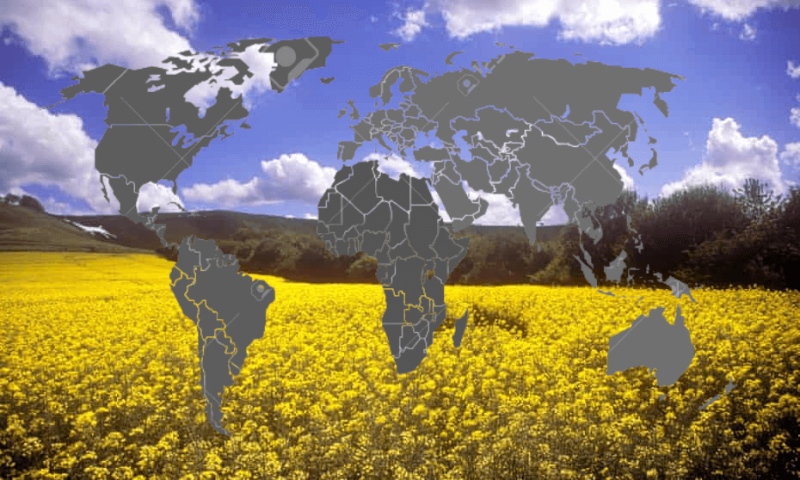We looked at how countries selected from a sample of geographical regions globally are currently handling applications involving GEd organisms and what they foresee as opportunities and potential challenges to acceptance of the technology in their jurisdictions.
Current regulatory regimes for GM crops are either product-based, as is seen in the United States, Argentina, and Canada, or process-based as seen in the EU and Australia (Hartung, 2014; Ishii and Araki, 2017). Product-based regulatory regimes focus on whether the final product has a “novel combination of genetic material,” while process-based systems focus on the technology or process applied to give rise to the final product. With respect to our article, genetic modification refers to a technique whose aim is to change the characteristics of a plant, animal, or microorganism by transferring genes from one organism to an organism of a different species (transgenesis) or of the same species (cisgenesis) This is performed through targeted isolation of the desired genes from the DNA of one organism and adding them to the other organism. In contrast, genome editing encompasses a group of technologies that give scientists the ability to change an organism’s DNA by adding, removing, or altering genetic material at particular locations in the genome (Ran et al., 2013).
In the 22 years up to 2017, an accumulated 2.34 billion hectares of GM crops were grown commercially worldwide, comprising 1.13 billion hectares of GM soybean, 0.7 billion hectares of GM maize, 0.36 billion hectares of GM cotton, and 0.14 billion hectares of GM canola. Products derived from these crops significantly contribute to food, feed, fiber, and fuel for the current world population of almost 7.7 billion people (ISAAA, 2019). Nevertheless, only 26 countries globally account for this output of GM crops, and in particular, Brazil and the US accounted for 65% of the worldwide area of GM crops in 2019. This has been attributed to regulatory asymmetry and the polarized debate about GM crops and animals, which has resulted in slow adoption and public acceptance in many parts of the world.


…
Some have chosen to amend their current regulations to accommodate GEd, while others handle them on a case-by-case basis, having developed new regulations to cater to this new technology. In contrast, some have chosen to apply existing GMO regulatory frameworks for oversight of GEd products. Depending on the approach taken, it remains to be seen how stakeholders in the individual countries will respond. Also, despite different approaches to regulation, global consensus and harmonization for issues that cut across countries will be important to avoid regulatory bottlenecks and disruptions to global trade.
































